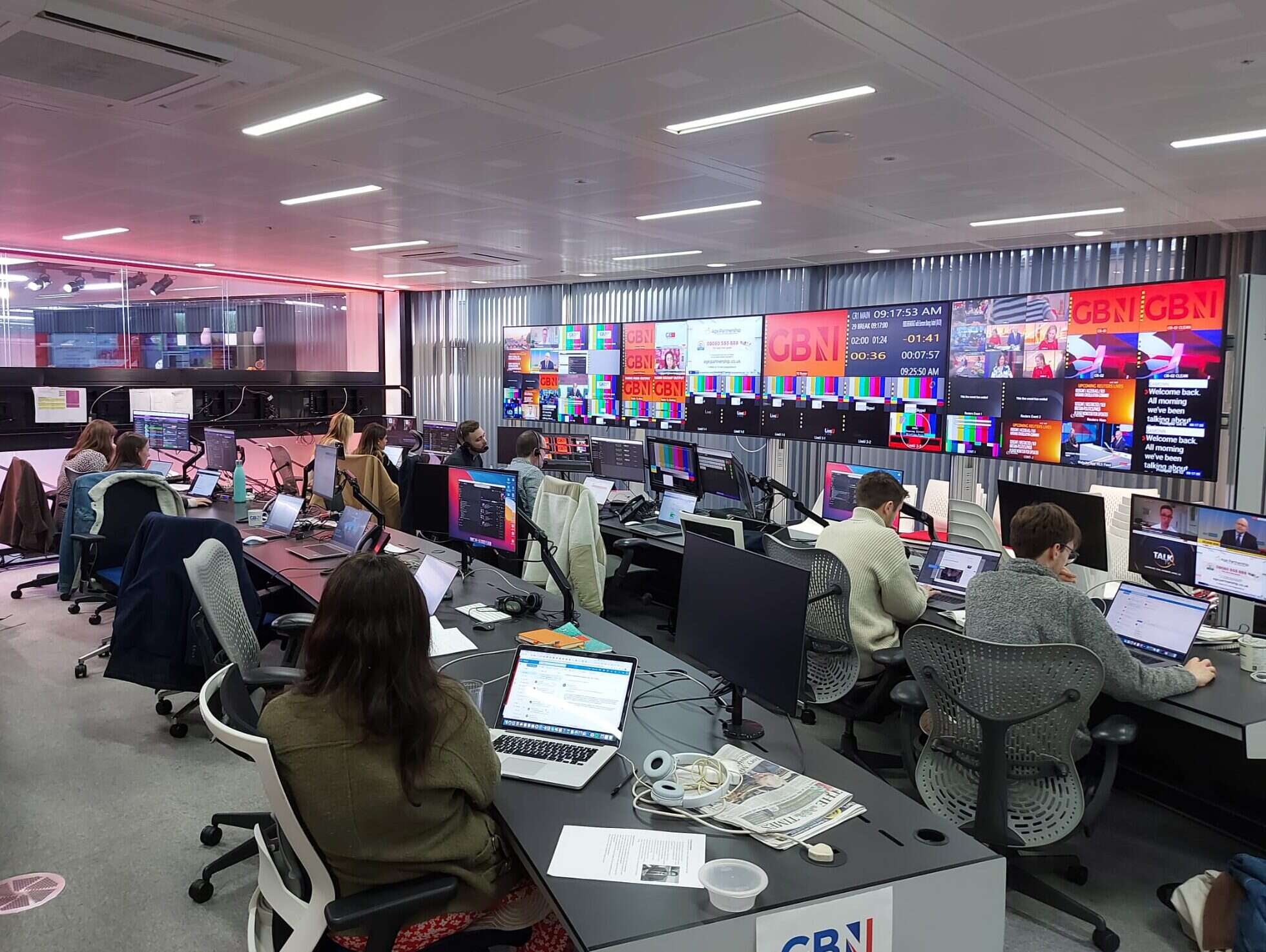Confusion stalks the land. Is flat the new up? Or is down the new flat?
Typically, recovery means revenue growth. But after two years of declining ad spend, sentiment encourages inflated claims. Disappointments seem exaggerated in their effect. Some persist in talking up a recovery. We all want the pain to end.
At the Guardian a few weeks ago, Roy Greenslade asked whether newspaper publishers might be on the ‘verge of a remarkable recovery”. The evidence for ‘renewed optimism”, Greenslade told us, lay in share prices that have ‘come off the floor”.
This morning, by contrast, Greenslade has noticed a Wall Street Journal piece which argues (in his words) that ‘there is no real recovery in advertising income”.
Greenslade goes on to paraphrase the allegation that publishers have hyped “slight moderations in the rate of decline of their year-on-year ad revenues”.
There has been some hype. But in general, this is something that chief executives and finance directors tend to avoid. Irresponsible cheer-leading is career-limiting.
Financial PRs are often less squeamish. In the face of pressure to maintain share prices, they’re paid for their promotional skills.
Of course, what matters to journalists is a new direction for the narrative. At the moment, we’re all straining at the leash to declare the end of recession.
This is visible, most of all, in the headlines that fill up Blackberry screens. One among many tells a story: “Daily Mail looks to happy New Year as advertising slide slows” (The Times, 30 September).
Dan Sabbagh’s accompanying copy spells out the facts on which this bright headline relies: a 21% decline revenue at the Mail and Metro during July and August, followed by a 10%-12% decline in September.
This big contrast between flaky summer months and back-to-school September might not tell us much. Notably, Sabbagh’s story quotes Peter Williams, DMGT’s finance director, refusing to ‘call the bottom, in case it turns out we are on a ledge”.
The reaction to Independent News & Media’s trading update on 29th October was similarly interesting.
INM’s trading update was ugly. Ad revenues fell by 19% YOY during the nine months to October. Operating profits nearly halved. Worst of all, from the City’s perspective, INM cut its forecast profits for the full year, which ends in December.
Yet some of the coverage — at Dow Jones, Reuters and the Irish Times — underlined the idea that ad revenues are stabilizing.
Arguably, it was the third par of INM’s trading statement that influenced these stories and headlines:
This marginally improved year-to-date revenue performance compared to the trend for the 1st half of 2009 demonstrates a stabilising advertising revenue trend, with each region experiencing similar advertising trends to H1 2009.
Oddly, INM didn’t disclose the size of this marginal improvement in trading between July and October. Was it really significant? Perhaps not. I say this because of the warning tucked away in the 20th par of the earnings release:
Based on still limited visibility, the advertising trends experienced in September and October remain challenging and are expected to continue for the remainder of 2009.
In other words: things might continue to improve very slowly, but don’t bet on it.
Stephen Miron, the chairman of Global Radio, probably thinks similarly about the prospects for his business. Last month, Miron told the Times: ‘Single-digit declines are the new up now – so used are media businesses to the problems of the year so far.”
It was a back-handed comment. Yet already, the game has moved on. Since Roy Greenslade raised the prospect of a rip-roaring recovery three weeks ago, the shares of DMGT, Johnston Press and Trinity Mirror have all turned downward. The markets have hit the pause button: the six month-long run-up in share prices is over for now.
This suggests that Big Media needs to generate real revenue growth, and quickly. Yet the GDP numbers for Q3 — down by 0.4% — say that this isn’t possible, not yet. Retailers, the biggest advertisers of all, are experiencing similar difficulty. Marks & Spencer may have beaten the market’s profit expectations today, but only because of canny cost management. Like-for-like non-food sales are still declining.
After Christmas, we’ll find out more about how consumers are feeling. Perhaps VAT cuts and the car scrappage scheme have simply brought forward household expenditure that would otherwise have occurred in 2010. Richard McGuire, fixed income strategist at RBC Capital Markets, is among those who think this is the case.
This week, Sir Martin Sorrell unveiled disappointing results at WPP. He had this to say to those who (for understandable reasons) persist in talking up the market.
“I don’t want to get into that mentality where you accept that declines in negatives is good. We don’t accept that. I’m surprised at people who see sequential declines in negatives [of revenue loss] and say the downturn is over. . . We will only declare final victory when we see positive growth year on year. You can’t declare victory on improving negatives.”
The message was a stern one. As usual, though, Sorrell was on the money. We’re not out of the woods yet.
Email pged@pressgazette.co.uk to point out mistakes, provide story tips or send in a letter for publication on our "Letters Page" blog






